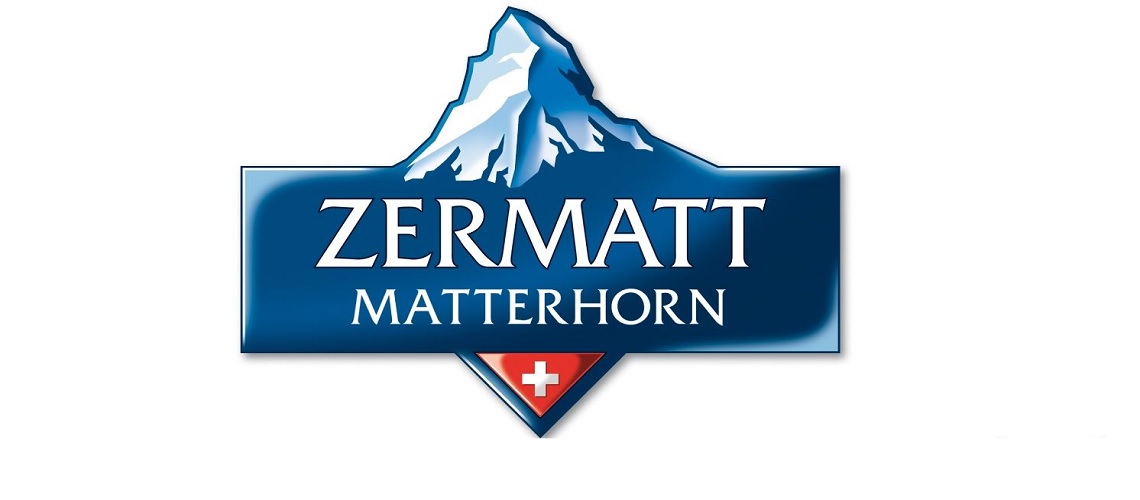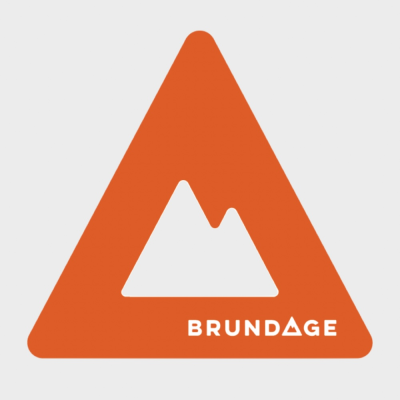Zermatt’s Furi Lift - New Construction Project On The Schlumatte Is Taking Shape

It's over after 58 years of service: the aerial tramway from Zermatt to Furi will be doing its last service this winter and will be dismantled next summer. The "old lady" will be replaced by a more modern aerial tramway. At the same time, the building at the Schluhmatte valley station is being rebuilt and supplemented with office space for the administration of the Zermatt Bergbahnen. The industry leader is innovative and future-oriented.
In 1963 the cable car from Zermatt to Furi went into operation. The last revision required by the Federal Office of Transport took place in autumn 2021, so that nothing stands in the way of a final winter in the service of Zermatt Bergbahnen. Long-serving employees become nostalgic when talking about this project.
So does Simon Willisch, head of the Furi workshop, who has been involved in the maintenance of the aerial tramway for the past 22 years. He says "Together with my team, I have manufactured around 20 potting heads since 2003, which are replaced during the annual inspections. Beautiful memories of the 'old lady' remain, but the anticipation of the new aerial tramway is also very great," The new aerial tramway will be larger with a capacity of 100 people per cabin and more floor space per person, than the previous facility with 80 people per cabin. The modern design of the cabins and the future operation without accompanying personnel reflects the positioning of Zermatt Bergbahnen as an industry leader.
The existing Matterhorn Express eight-person gondola will continue to operate throughout the construction period. The new construction of the valley station brings an optimized flow of guests and luggage, which plays an important role with regard to the completion of the Matterhorn Alpine Crossing. The modern architecture with a light shaft in the middle of the building combines contemporary flair with high functionality and sustainability. New, spatially coordinated offices for the administration of the Zermatt Bergbahnen are being created on the upper floors, and the underground collection point will relieve pressure on Schluhmattstrasse.
Anton Lauber knows his way around the construction industry. For many years he has been head of the construction department at Zermatt Bergbahnen and has managed and coordinated large construction projects in recent years. Nevertheless, he is looking forward to a new challenge. The experience is evident in the question of timing, which Lauber answered without much thought: "The procedure was submitted to the Federal Office of Transport in October 2021. If things go normally, we expect to start work in spring 2022.”













